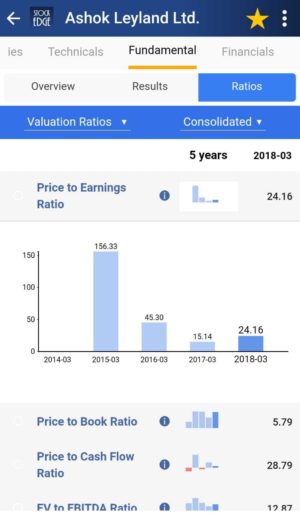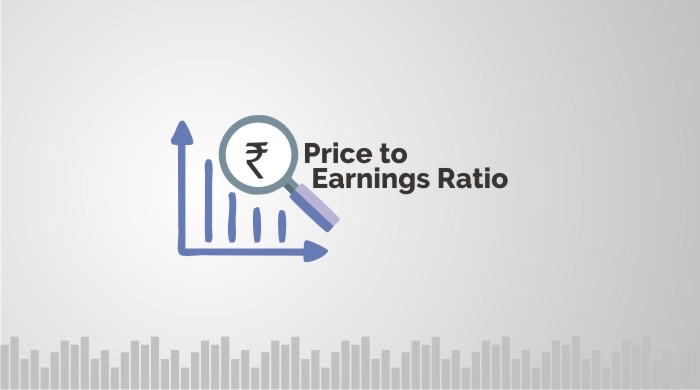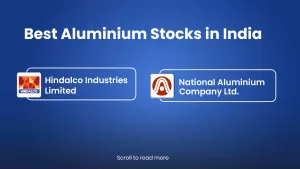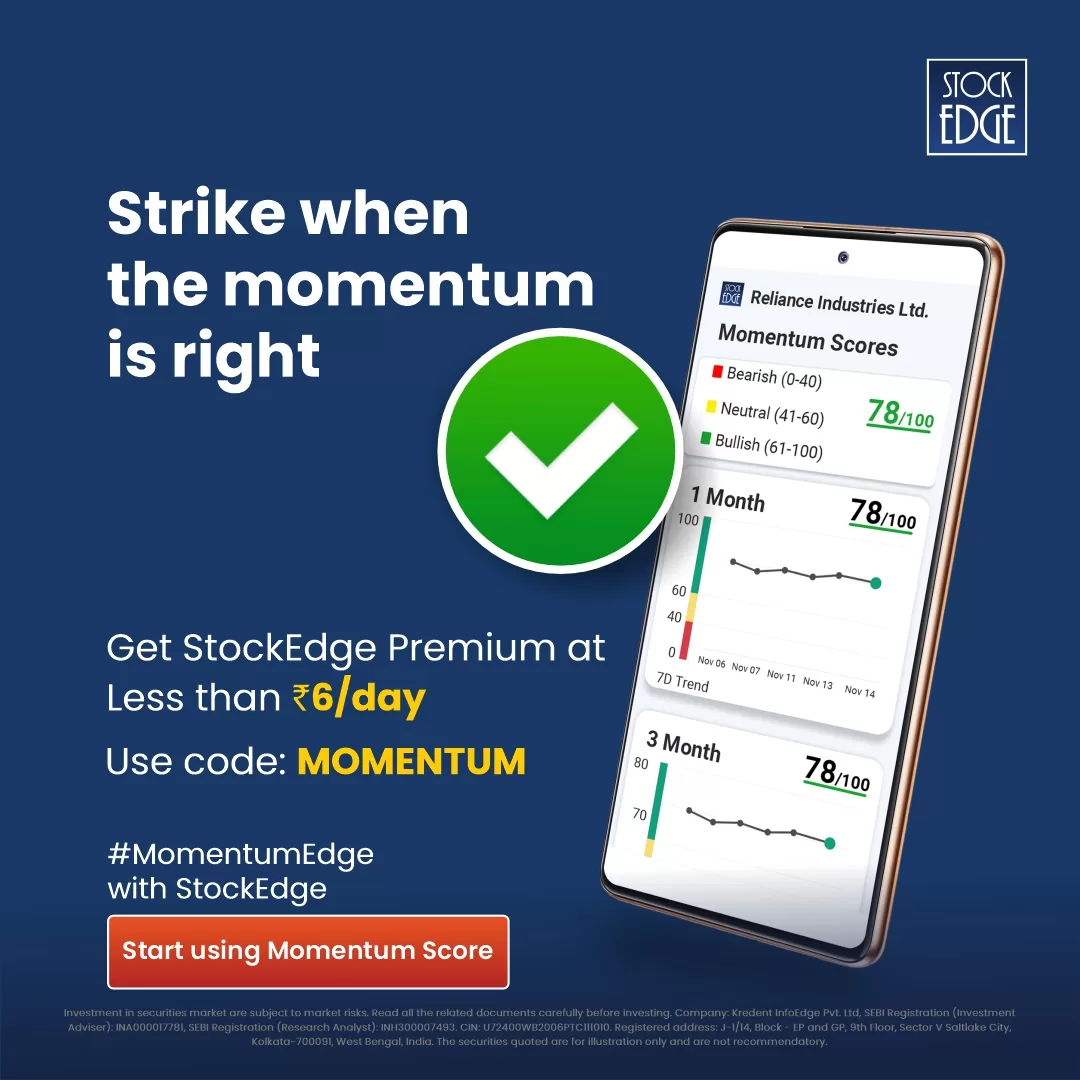Table of Contents
Financial ratios are important parameters which help investors to decide on their investment. Any ratios are important in their own manner for a different kind of financial analysis. A financial ratio is a representation of selected numerical values from a company’s financial statements. Financial ratios help in deciding the valuation strength of the company.
Investors often use PE Ratio to evaluate what a stock’s fair market value should be by predicting future earnings per share. Companies with higher future earnings are usually expected to issue higher dividends or have appreciating stock in the future. Obviously, the fair market value of a stock is based on more than just predicted future earnings. Investor speculation and demand also help increase a share’s price over time. PE Ratio is a valuation ratio to assess whether the company is overvalued or undervalued. There are a lot of ratios used for valuation analysis of a company. Let’s discuss the PE ratio in detail.
Watch the video below on Everything you want to know about Price to Earnings Ratio:
Impact of PE Ratio
P/E Ratio or Price to Earnings Ratio is the ratio of the current price of a company’s share in relation to its earnings per share (EPS). The price to earnings ratio indicates the expected price of a share based on its earnings. As a company’s earnings per share being to rise, so does their market value per share. It signifies the amount of money an investor is willing to invest in a single share of a company for Re. 1 of its earnings.
A company with a high P/E ratio usually indicated positive future performance and investors are willing to pay more for this company’s shares. A company with a lower ratio, on the other hand, is usually an indication of poor current and future performance. This could prove to be a poor investment. In general, a higher ratio means that investors anticipate higher performance and growth in the future. It also means that companies with losses have poor PE ratios.
P/E ratio plays a vital role in determining whether the stocks are overvalued or undervalued and helps an investor intensively in taking positions in the market accordingly.
See also: What does PE ratio and Book Value tell about a company and Know about Valuation Scans?
Types of Price to Earnings Ratio
There are primarily two types of P/E Ratio which investors take into consideration – forward P/E ratio and trailing P/E ratio.
- Forward P/E Ratio – It is calculated by dividing the prices of a single unit of stock of a company and the estimated earnings of a company derived from its future earnings guidance. Investors use forward Price to Earnings Ratio to assess how a company is expected to perform in the future and its estimated growth rate.
- Trailing P/E Ratio – Trailing P/E Ratio is the most commonly used metrics by investors; wherein past earnings of a company over a period is considered. It provides a more accurate and objective view of a company’s past performance.
Exceptions
An important thing to remember is that this ratio is only useful in comparing like companies in the same industry. Since this ratio is based on the earnings per share calculation, management can easily manipulate it with specific accounting techniques.
PE Ratio Formula
The PE ratio can be calculated as Market Value per share/Earnings Per Share.
Where market value is the price of the share and the earnings per share is the net profit divided by the total number of subscribed shares.
Suppose a company’s market price is Rs 200, the net profit after tax is 20 crores and the number of equity shares is 4 crore. And we are asked to find out its P/E ratio.
We first have to find out its EPS which is Profit after tax/Number of equity shares which is equal to 20/4= 5.
Now to find out the P/E ratio we divide Market Price/ EPS which is equal to 200/5 which is equal to 40. Hence the P/E ratio is 40.

Frequently Asked Questions
What’s a good PE ratio?
It is difficult to define a ‘good’ or ‘bad’ PE ratio. For example, a PE of 15 for a real estate company means little unless an investor finds that the average PE for the real estate sector is 27. Then the company is relatively cheaper to the sector and may see outperformance as it exceeds expectations. Or a company with a high PE relative to the sector may struggle, if it fails to meet forecasts.
What PE ratio is too high?
If the PE ratio of the stock is higher than the industry PE ratio, it is assumed to be overvalued and vice versa.
What is PE ratio and PB Ratio?
The price-to-earnings ratio (P/E) is for valuing a company that measures its current share price relative to its earnings per-share (EPS). P/E ratios are used to determine the relative value of a company’s shares in peer comparison.
The price-to-book ratio (P/B) is used to compare a firm’s market capitalization to its book value. It’s calculated by dividing the company’s stock price per share by its book value per share. The P/B ratio measures the market’s valuation of a company relative to its book value.
How do you check stock PE ratio?
In India, if the stock is listed in NSE or BSE, the individual can go to the website of NSE/BSE and type the name of the stock and hit enter, in the information section of the company, the user can get to know the PE ratio. Alternatively, user can also use StockEdge App to check PE ratio and all other relevant information.
Stock Edge App
With this app, we don’t have to calculate PE Ratio on our own. StockEdge gives us PE Ratio of the last year of any company listed in the stock exchange. We can look and compare the PE Ratio of any company and filter out stocks accordingly.
Suppose we want to look at the PE Ratio of Ashok Leyland of last year. In the Fundamental tab of Ashok Leyland, click on the fundamentals tab, we will get the Ratios tab. Then in the Ratios tab click on Valuation Ratios, and we get the PE Ratio in minuscule of a second.
Bottomline
PE Ratio is an important barometer to understand the valuation aspects of a company. With the help of these ready-made scans you can with the click of a button filter out companies with low PE or companies below industry PE. These scans are part of the premium offerings of StockEdge app.
Click here to know StockEdge Premium
Also Read : Earnings Per Share.









